Integration of Smart Technologies
The Automotive Pillar Market is witnessing a surge in the integration of smart technologies within vehicle structures. As vehicles become more connected, the demand for pillars that can accommodate sensors and other electronic components is increasing. This trend is indicative of a broader movement towards smart vehicles, where technology plays a crucial role in enhancing safety, performance, and user experience. Recent data indicates that the market for automotive electronics is expected to grow significantly, with smart technologies becoming a standard feature in new vehicles. Consequently, the Automotive Pillar Market must evolve to incorporate these technologies, ensuring that pillars are designed to support the functionalities of modern vehicles.
Advancements in Safety Regulations
The Automotive Pillar Market is significantly influenced by the evolution of safety regulations. Governments worldwide are implementing stricter safety standards, compelling manufacturers to innovate and enhance vehicle safety features. For instance, the introduction of advanced driver-assistance systems (ADAS) has become a focal point in vehicle design, with features such as automatic emergency braking and lane-keeping assistance gaining traction. Data indicates that vehicles equipped with these technologies can reduce accident rates by up to 30%. Consequently, the Automotive Pillar Market is witnessing a surge in demand for components that support these safety advancements, thereby driving growth and innovation within the sector.
Increased Focus on Electric Vehicles
The Automotive Pillar Market is undergoing a transformation with the rising focus on electric vehicles (EVs). As governments and consumers alike prioritize sustainability, the demand for EVs is escalating. Recent statistics suggest that EV sales are projected to reach 30% of total vehicle sales by 2030. This shift necessitates the development of specialized components and pillars that cater to the unique structural requirements of electric vehicles. Manufacturers are investing in research and development to create pillars that not only support the weight of batteries but also enhance overall vehicle safety and performance. The growing EV market is thus a critical driver for innovation within the Automotive Pillar Market.
Rising Demand for Lightweight Materials
The Automotive Pillar Market is experiencing a notable shift towards lightweight materials, driven by the need for improved fuel efficiency and reduced emissions. Manufacturers are increasingly adopting materials such as advanced high-strength steel and composites to enhance vehicle performance. According to recent data, the use of lightweight materials can lead to a reduction in vehicle weight by up to 20%, which directly correlates with fuel savings. This trend is not only beneficial for manufacturers aiming to meet stringent regulatory standards but also appeals to environmentally conscious consumers. As the automotive sector continues to evolve, the integration of lightweight materials is likely to play a pivotal role in shaping the future of the Automotive Pillar Market.
Consumer Preference for Enhanced Aesthetics
The Automotive Pillar Market is increasingly shaped by consumer preferences for enhanced aesthetics and design. Modern consumers are not only concerned with functionality but also with the visual appeal of their vehicles. This trend has led manufacturers to invest in innovative design techniques and materials that improve the overall look and feel of automotive pillars. Data suggests that vehicles with aesthetically pleasing designs can command a premium price, thereby incentivizing manufacturers to prioritize design in their production processes. As the competition intensifies, the Automotive Pillar Market must adapt to these changing consumer expectations, driving further advancements in design and material technology.


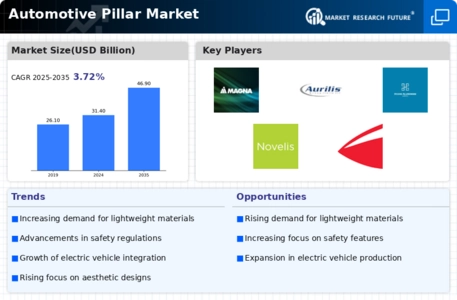
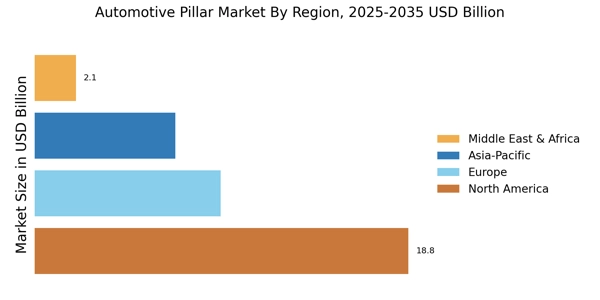
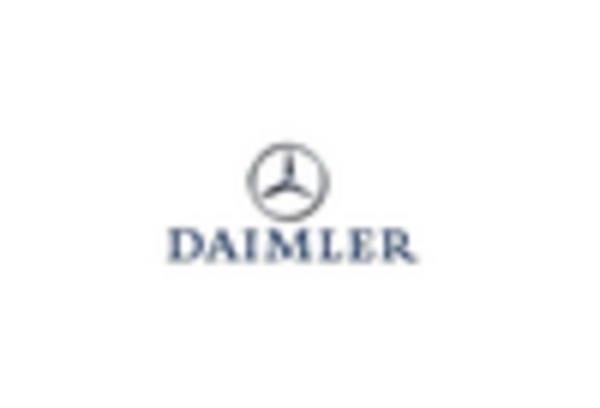


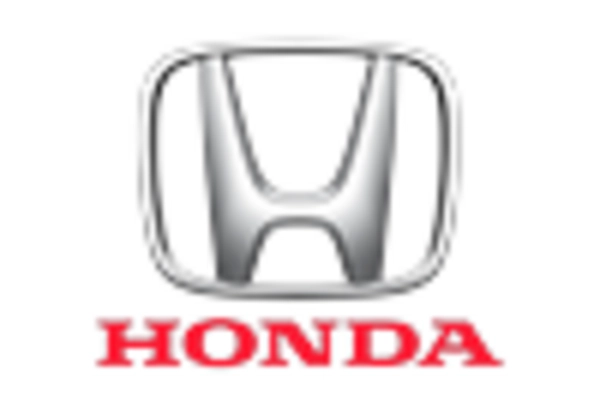
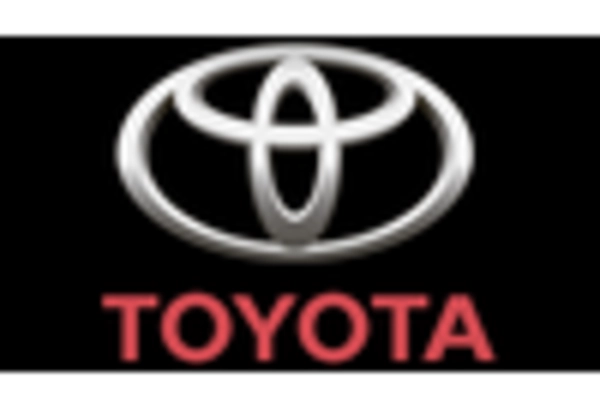
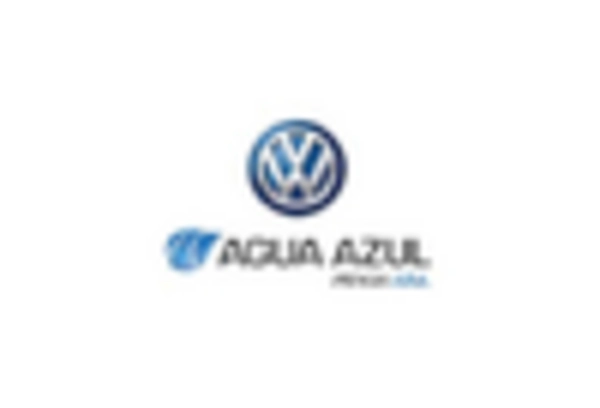








Leave a Comment